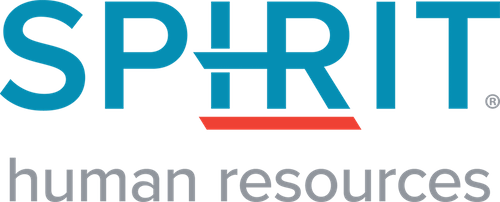RUN, HIDE or FIGHT! Active Shooter Response Plans

Before that day, there was very little public awareness of workplace violence issues. Because of the sensational nature of this incident, attention to the issue was sparked.
Although sensational multiple homicides actually represent a very small number of workplace violence incidents, their frequency in the last few years has prompted the Department of Defense and several news agencies to conclude that the United States is facing an “epidemic” of active shooters.
Active shooter events usually begin suddenly with little warning creating a chaotic situation. While each company must determine its own action plan, the US Department of Homeland Security (DHS) advises staying calm and exercising one of the following options: Run, hide or fight.
Run…if there is an accessible escape route, get out.
HIDE… if your exit is blocked or exposes you to the shooter, find a hiding place. Silence your phone and find a place you can lock or blockade yourself into, yet that does not trap you should the shooter find you.
FIGHT… as a last resort only when your life is in imminent danger, attempt to ambush or overwhelm your attacker. Use any object available to you as an improvised weapon and commit to your actions.
Some people commit violence because of revenge, robbery or ideology. The attacker could be a stranger with no known tie to the workplace, a past customer or employee, a co-worker or be in a personal relationship with the intended victim.
Every organization should include active shooter response in their safety policies including creating an emergency action plan and training employees. Identify escape routes and locations that provide cover and can be secured.
Adopt a zero-tolerance policy toward workplace violence and know the warning signs that might signal future violence.
The Department of Homeland Security has many useful resources to assist organizations with developing response plans.
And remember, most every “place” is someone’s workplace.
Latest Blogs from Spirit HR
Your Quick Guide to E-Verify
The federal E-Verify program has been around in some form since 1996, and it’s only getting bigger. With Florida joining the program earlier this year, around half of all states now require E-Verify participation in some way. Enrolling in the program isn’t difficult,...
3 Reasons to Outsource Your HR
Navigating the complexities of HR management can be a daunting task for businesses, especially when streamlining operations and optimizing costs are crucial for success. Outsourcing your HR functions can be a game-changer, providing the breathing room you need as a...
3 Steps to Improve Health and Safety Compliance in Your Workplace
Health and safety are two terms that can seem tedious concerning the workplace, but ignoring them and the standards they entail could result in injury, illness or even death. Prevention and preparation are integral to a safe, happy and compliant organization. Here are...
